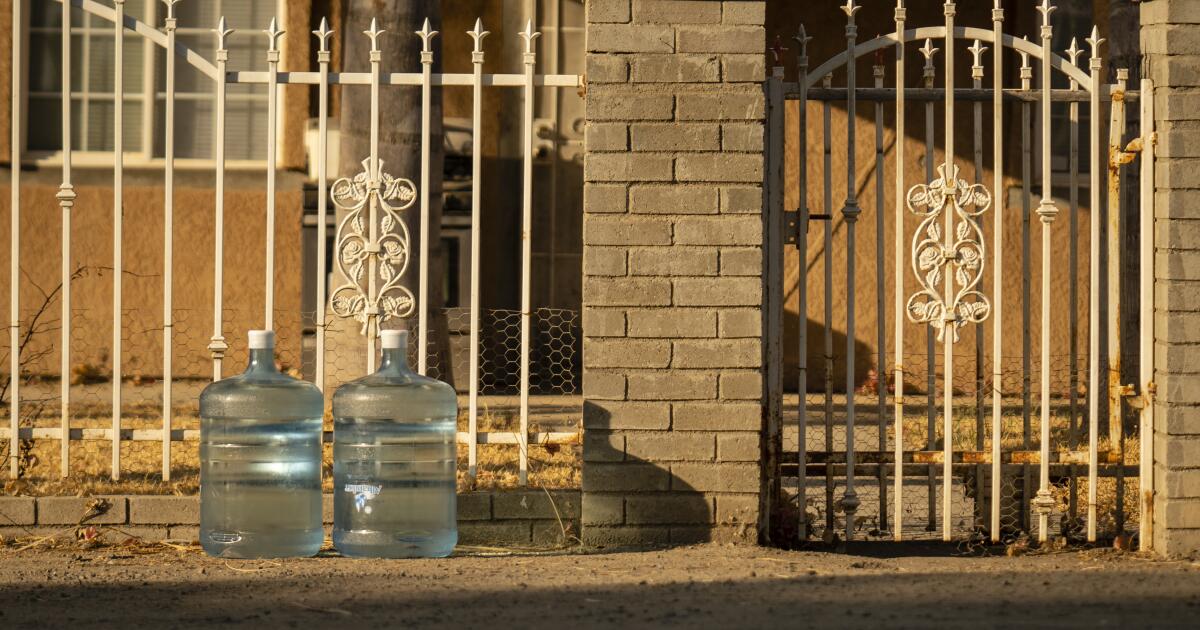“Transplanted: A Memoir”
By Birgit Lennertz Sarrimanolis; Cirque Press, 2022; 208 pages; $15.
“Transplanted,” readers learn right from the start, has a double meaning in this heart-felt memoir. Author Birgit Lennertz Sarrimanolis, originally from Germany, came to the U.S. as a college student, married and lived in Ohio, then moved to Fairbanks with her doctor-husband about 20 years ago. She was a transplant from one place and culture to another. Then, after 10 years of a charmed northern life, when she was in her early 40s, she was diagnosed with leukemia (specifically acute myeloid leukemia or AML). After a harrowing experience with multiple courses of chemotherapy, remission, and recurrence, the author eventually received a bone marrow transplant that saved her life.
The structure of the book also has a dual nature. Sarrimanolis alternates chapters between two narratives — life in interior Alaska and her journey from cancer diagnosis to recovery. The former, filled with appreciation for Alaska’s seasons, northern lights, dogsled races, hot springs, the role of ravens in Native cultures, family and friends, and just generally becoming an Alaska, won’t be particularly novel or noteworthy for Alaska readers; these sections do, however, allow for some breathing space between the bleaker, more emotionally difficult parts.
Cancer in all its terrible manifestations is, unfortunately, all too familiar to us today. “Cancer memoirs” line the shelves in bookstores and libraries. Such books don’t all achieve what “Transplanted” does, which is to recreate one woman’s experience as she lived it, in both its inner and outer dimensions. That is, she builds scenes that take us into hospitals and treatment centers and on walks with friends while also reflecting honestly on the pain and injustice of it all, her doubts and hopes, her small joys and new approaches to life.
For example, after a detailed hospital scene, the author reflects on the difficulty of telling her young children of the poor prognosis she’s just received. “How would I find the appropriate words to tell them that my chances of survival were slim? And how could they possibly continue living life for me, after I was gone?” She closes herself in a bathroom and vents her anger — at her husband for telling her to brace for the worst, at her mother “for taking an ostrich approach,” and at her doctor “for his detached interest in my disease as a statistic and a formula for the future. Most of all I was irate at myself for getting sick. My instinct as the mother of my children was to deflect from danger, to comfort, to make the world well again.” Likewise, a later encounter with another transplant patient, an older man resolved to end treatment if the latest attempt failed, has her reflecting on her own choices. “Is living on or letting go the more chivalrous thing to do?”
Amongst the scenes and reflections, Sarrimanolis adroitly weaves in plenty of information about the nature of cancer, its treatments, hospital practices, and the state of cancer research. Although she’s now some years past the time of which she writes and cancer treatment is advancing almost daily, readers will get a sure sense of the process a patient goes through. They will also learn much of the science behind understanding the disease and the multi-level approaches to combating it. Despite the author’s frequent despair with her circumstances and sometimes the medical system, the overall picture is one of very caring individuals working with advanced technologies and a reasonably functional health care ecosystem to do the best they can for patients and their families.
While it’s implied, Sarrimanolis doesn’t emphasize her good fortune in having access to high-level medical services. Her family was financially secure and had good health insurance, her husband was a doctor, her friends and family rallied to help, and she aggressively pursued every medical option. At one point, when a fever sent her to an emergency room, her husband literally grabbed a passing doctor and insisted that she be immediately admitted. The situation for someone without insurance, medical knowledge, the means to fly back and forth to Seattle and stay there for long periods of time, or a support system of friends and family would likely be quite different.
Sarrimanolis’s life ultimately depended on a bone marrow donor, and that aspect of her story is particularly moving. Donors are not easy to match — none of Sarrimanolis’s own family members were matches — but a young woman in Germany was. “What had prompted her to selflessly give her cells, with no monetary compensation, with no promise that she might even be able to help the recipient of her cells?” Later, the author receives a letter from the anonymous donor, who knows nothing of her identity or status but wants to wish her strength and stamina. Writing back, Sarrimanolis struggles with sufficiently expressing her gratitude but is able to say, “Your stem cells are working in my favor.”
And that’s a happy ending. Transplanted should lend strength to anyone (or any family) facing cancer, it should validate our often-underappreciated medical professionals, and it may even encourage marrow and organ donors generally to make such valued gifts.
[Book review: Two sets of stories from a former Alaskan explore northern life and questions of identity]
[With a lifetime of Alaska experiences under his belt, author Stan Jones tackles a new series]
[Book review: A niece’s portrait of her remarkable uncle provides an up-close look at the man and his times]

:quality(70)/cloudfront-us-east-1.images.arcpublishing.com/adn/6NZHN6GFJRGD3FNE7UK5VYBJ6A.png)
































